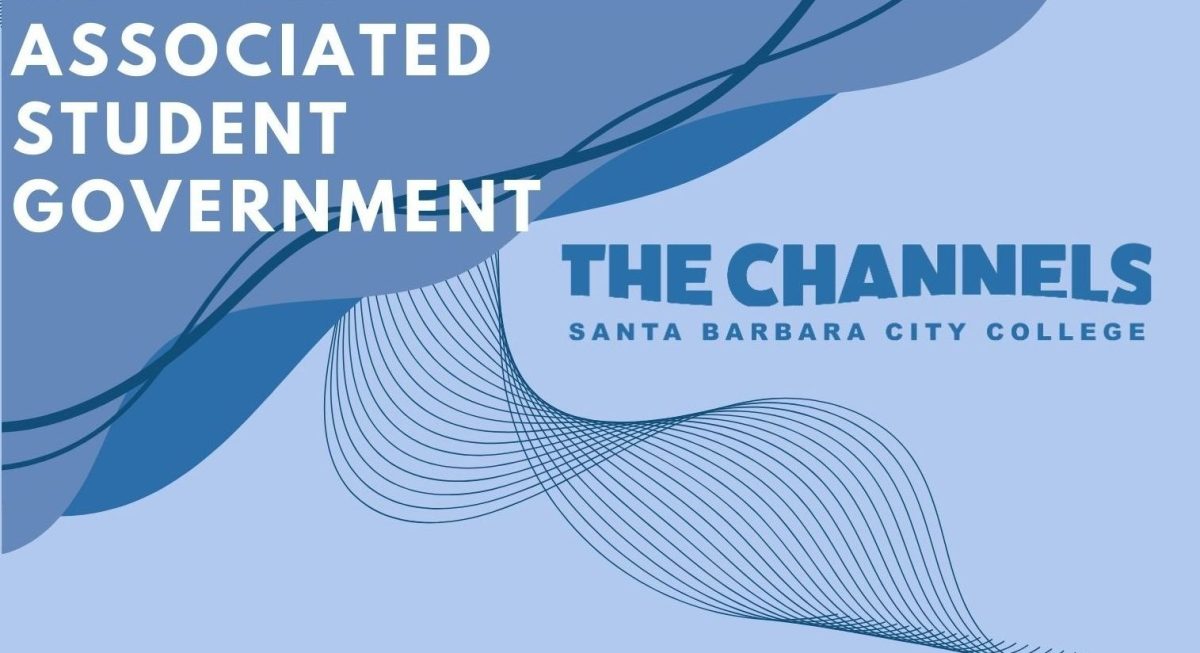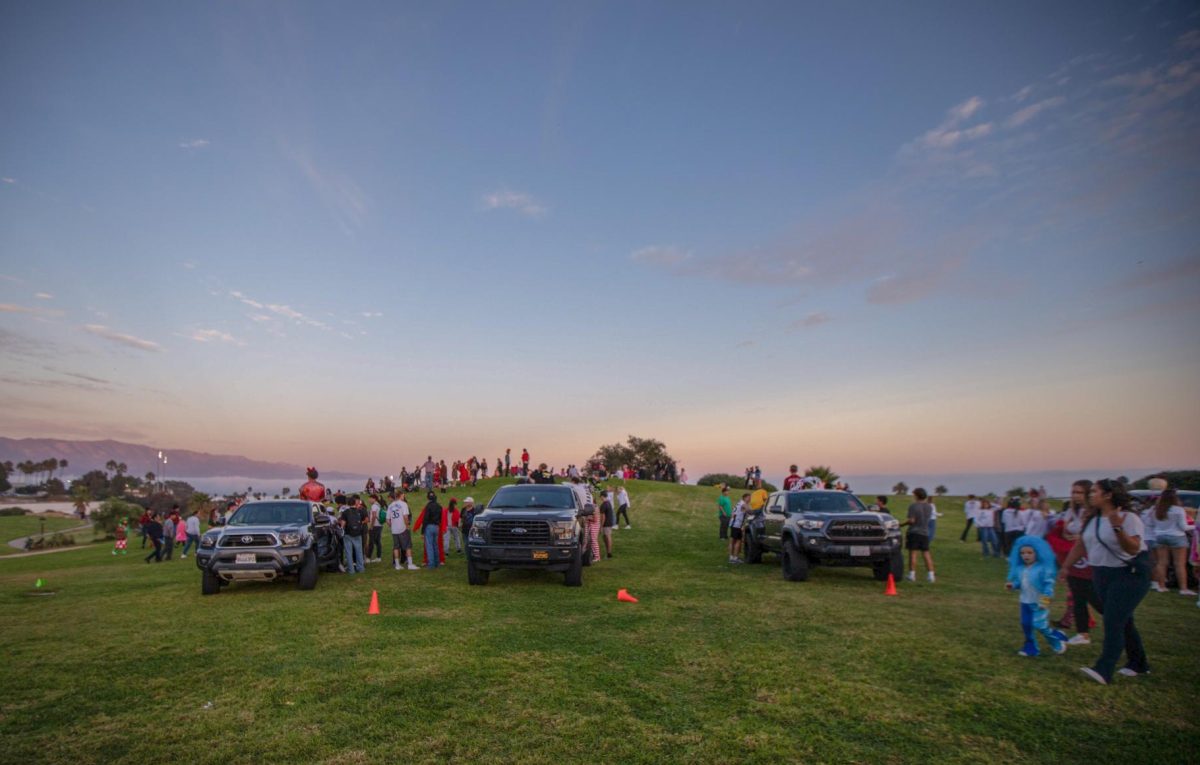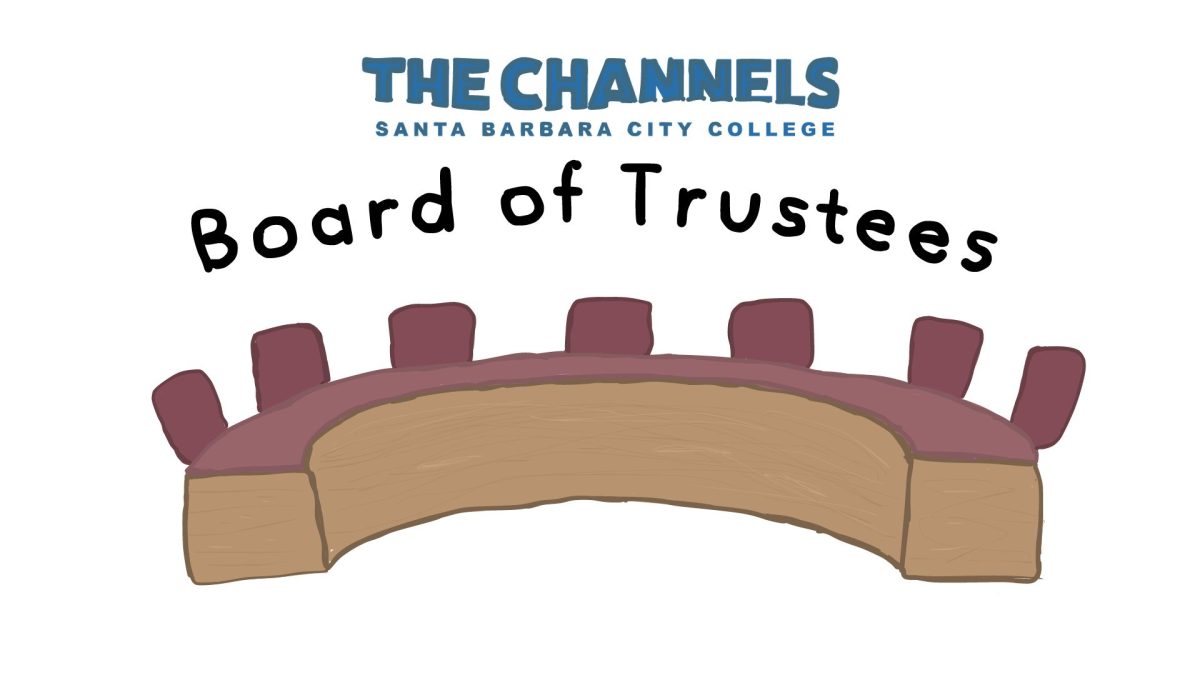Santa Barbara City College offers three levels of bronze casting classes that give students the opportunity to experiment with bronze and explore sculpting.
Ed Inks: “This is the lost wax casting process. So, they make the sculpture in wax because the wax melts. So, once its made in wax we create a system that guides the aluminum, or bronze- I’m sorry in this case bronze, today, through the cavity and finds all the details.
Then we embed that entire wax structure in a plaster and sand mixture, that’s also outlined with chicken wire to give it additional strength. Those molds are then put upside down into a kiln, heated for about 48 hours to about 1100 degrees.
At which point, the wax completely drains out of the mold and then it also dries the plaster. Once that’s prepared and we’ve got it through that burnout process, they bring it out, put it in a sand pit, to pack it up and make it more solid; make it more insulated. And then we pour bronze into the same opening that had once been made out of wax and paper.”
This method has been used for around 5700 years and bronze, which resists corrosion better than most metals, was often chosen for sculptures.
Ed Inks: “Bronze has just historically been revered as the sculpture material for 3000 plus years. The price of bronze isn’t that precious, it’s not of semi-precious even quality, but it has that historical relevance that Rodin worked in bronze, and Michelangelo cast a little bit of bronze, but more Da Vinci did bronze. So you’ve got that part of the art history more than anything.”
Katherine Gring’s art was recently on display in the Humanities building. She’s in the advanced bronze casting class and will sometimes work on sculpting long into the afternoon after starting around 8 in the morning.
Katherine Gring: “The ones where the creatures are like walking forward and looking backward deal with memory and the past, and they’re actually made to be bird feeders, that’s why they have that empty vessel there.
What we do here is pour the 2000-degree bronze in the top, and then you pull out this thing that doesn’t really look like anything and carve it and you cut pieces off; sand it and brush it and make it into something.”
After this semester, Ed Inks will retire and leave the studio he helped build over his 25 years at city college to the next director of the ceramics department to be decided next month by the superintendent. Katherine Gring continues to enjoy sculpting. After years of painting it provides her with a new way to enjoy art.







